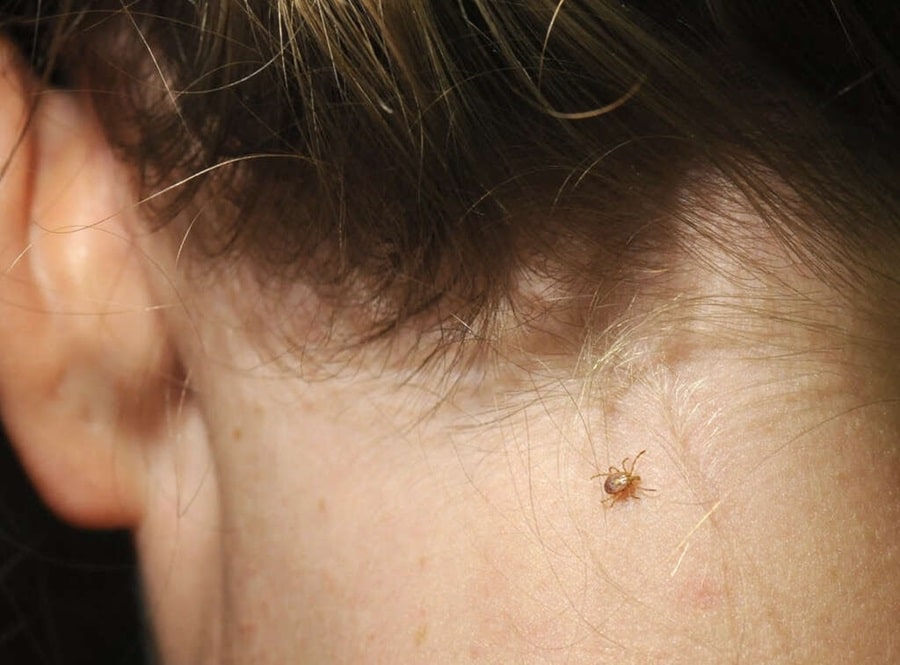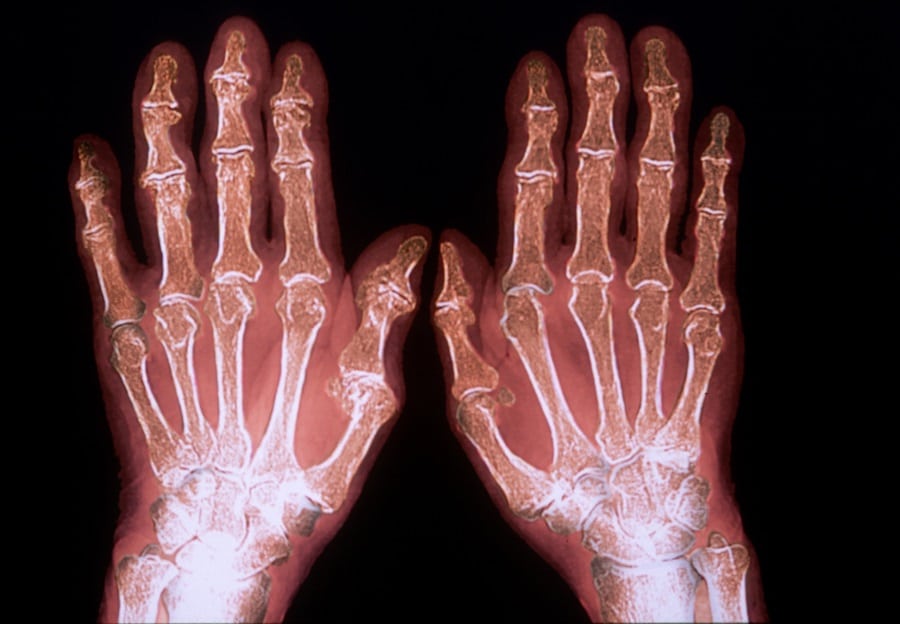Natural springs have long been considered a pristine source of fresh water, often lauded for their purity and mineral content. From ancient civilizations to modern wellness enthusiasts, people have flocked to these springs, believing in their curative and health-boosting properties. However, the perception of natural springs as untouched and uncontaminated reservoirs is increasingly being challenged. Recent studies and incidents have revealed a more unsettling reality: water contamination in natural springs is not only possible but also more common than most people realize.
Contents
- 1 The Allure of Natural Springs
- 2 The Assumption of Purity
- 3 Types of Contaminants
- 4 Sources of Contamination
- 5 Health Risks Associated with Contaminated Spring Water
- 6 Case Studies of Contaminated Springs
- 7 Regulatory Oversight and Limitations
- 8 Steps to Ensure Safe Consumption
- 9 Navigating the Waters of Spring Safety
The Allure of Natural Springs

Natural springs have been revered since ancient times, often considered sacred or healing by various cultures around the world. These springs are not just bodies of water; they are landmarks deeply embedded in local folklore, traditions, and even religious practices. In modern times, the allure of natural springs has not waned; they are popular destinations for tourists, nature lovers, and those seeking alternative health treatments. The idea that these springs offer something more than just water—perhaps a connection to nature or a sense of spiritual cleansing—continues to draw people to them.
The Assumption of Purity

The belief that water from natural springs is pure and free from contaminants is widespread. This perception is often reinforced by marketing campaigns that tout spring water as “natural,” “pure,” or even “untouched.” Such labels conjure images of water flowing from remote, uncontaminated sources, making it easy to assume that spring water is inherently safe to consume. However, this assumption of purity can be dangerously misleading, setting the stage for potential health risks that many are unaware of.
Types of Contaminants
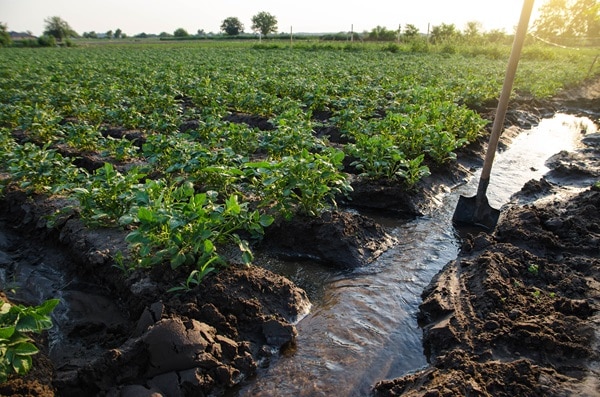
When it comes to water contamination in natural springs, the types of pollutants can vary widely. Chemical contaminants such as pesticides and herbicides often make their way into water sources due to agricultural runoff. Heavy metals like lead and arsenic are also common culprits, originating from both natural mineral deposits and industrial activities. Additionally, microbial contaminants like bacteria, viruses, and parasites pose a risk, especially in springs that are frequented by both wildlife and humans. Understanding the range of possible contaminants is the first step in grasping the gravity of the issue.
Sources of Contamination

Understanding how contaminants enter natural springs is crucial for addressing the issue effectively. Agricultural runoff is a significant source, carrying pesticides, herbicides, and fertilizers into water bodies. Industrial activities, too, contribute to the problem, as waste materials often find their way into natural springs. Even natural occurrences like mineral deposits can lead to elevated levels of heavy metals in the water.
Another often-overlooked source of contamination is the recreational use of natural springs. Human activities such as swimming, picnicking, and camping near these springs can introduce pollutants like trash, oils, and even microbial contaminants. Wildlife in the area can also contribute to microbial contamination, as their waste products may enter the water. These factors collectively make it clear that contamination can come from multiple, sometimes unexpected, sources.
Health Risks Associated with Contaminated Spring Water

The health implications of consuming contaminated spring water can range from mild to severe. Short-term exposure to microbial contaminants can lead to gastrointestinal issues such as diarrhea, vomiting, and stomach cramps. Chemical contaminants, on the other hand, may not show immediate symptoms but can accumulate in the body over time.
Long-term exposure to contaminated water poses even greater risks. Heavy metals like lead and arsenic can lead to neurological issues and increase the risk of certain types of cancer. Pesticides and herbicides have been linked to hormonal imbalances and reproductive issues. The health risks are not just hypothetical; they are real and can have lasting impacts on individuals and communities.
Case Studies of Contaminated Springs

Real-life examples serve as stark reminders of the risks associated with contaminated natural springs. In one case, a popular spring in the United States was found to have elevated levels of E. coli, leading to a temporary closure and a public health advisory. The incident raised questions about the effectiveness of existing water quality monitoring systems and left many questioning the safety of natural springs.
Another case involved a natural spring in Europe, where high levels of industrial chemicals were discovered. The contamination was traced back to a nearby factory, and the spring was closed for an extended period for cleanup and investigation. These cases are not isolated incidents but indicative of a larger, global issue that requires immediate attention and action.
Regulatory Oversight and Limitations
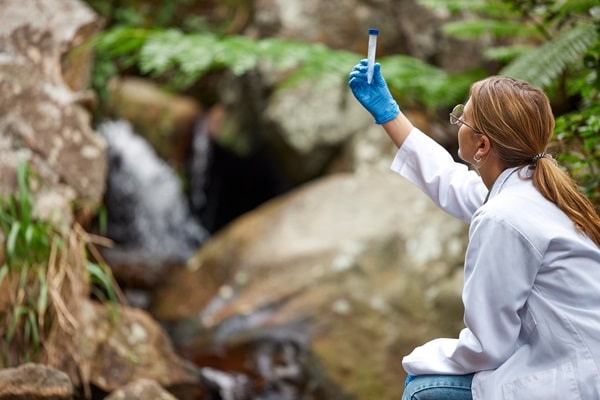
Government agencies are responsible for monitoring the quality of natural water sources, including springs. These organizations conduct regular tests for a range of contaminants, from microbial pathogens to chemical pollutants. However, the frequency of these tests can vary, and in some cases, remote or less-visited springs might not be tested at all. This leaves a gap in the safety net intended to protect the public from contaminated water.
Moreover, existing regulations may not cover all types of contaminants. Emerging pollutants like pharmaceuticals and personal care products are often not included in standard testing procedures. Additionally, the lack of international standards for water quality in natural springs means that safety can vary significantly from one location to another. These limitations highlight the need for more comprehensive and consistent regulatory oversight.
Steps to Ensure Safe Consumption
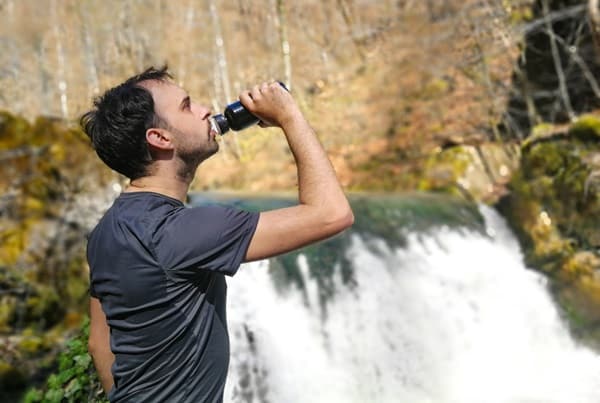
For those who still wish to consume spring water, taking extra precautions is essential. One of the most effective ways to ensure safety is through independent water testing. Various kits are available that can test for a wide range of contaminants, providing a more complete picture of water quality. This allows individuals to make informed decisions about whether or not to consume water from a particular spring.
Another precautionary measure is the use of water filtration systems specifically designed to remove the types of contaminants commonly found in natural springs. Portable water filters and purification tablets can be effective in eliminating microbial contaminants, while more advanced filtration systems can also remove chemical pollutants. By taking these steps, individuals can significantly reduce the risks associated with consuming water from natural springs.
The romanticized view of natural springs as pure, untouched sources of water is a notion that requires reevaluation. As this article has shown, contaminants ranging from chemicals to heavy metals and microbial pathogens can and do infiltrate these springs. The health risks are real, and the regulatory systems in place often fall short of providing comprehensive protection. However, awareness is the first step toward change. By understanding the potential risks and taking proactive measures like water testing and filtration, individuals can better safeguard their health while advocating for more stringent oversight.

